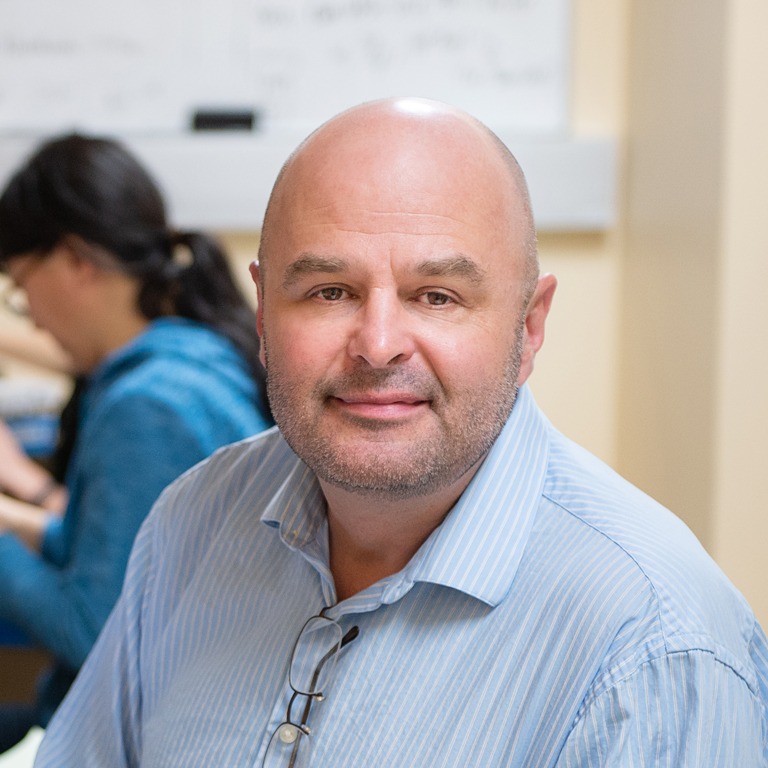702 N Walnut Grove Ave
Bloomington, IN 47405-2204

Dr. Tracey earned his Bachelor's degree from SUNY Buffalo in 1991. He went to Florida International University in 1994 to receive his M.S. in 1994 and came back to New York to complete his Ph.D. at SUNY Stony Brook in 1999. Following his studies, he went to the California Institute of Technology as a postdoctoral fellow in 1999. Before coming to IU, Tracey was the head of the Tracey lab at Duke University. Tracey's research aims to understand the general principles that govern the specification and function of neuronal circuits. He and his lab study this problem using the fruitfly Drosophila melanogaster, whose relatively simplified nervous system must perform many of the same computations that are carried out by the human nervous system. The lab's primary focus is to use the fly model to identify circuits and genes that function in nociception. These studies lead to a greater understanding of pain signaling. In addition, they are attempting to identify the molecules that are used in neurosensory mechanotransduction, which underlies the human sense of touch.